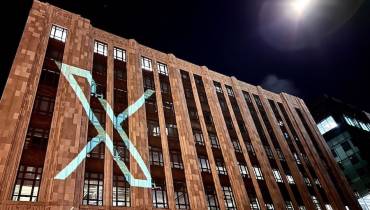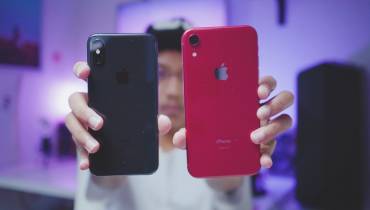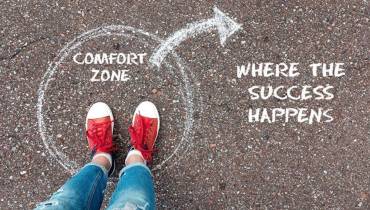How to Navigate the Entrepreneur Design Cycle
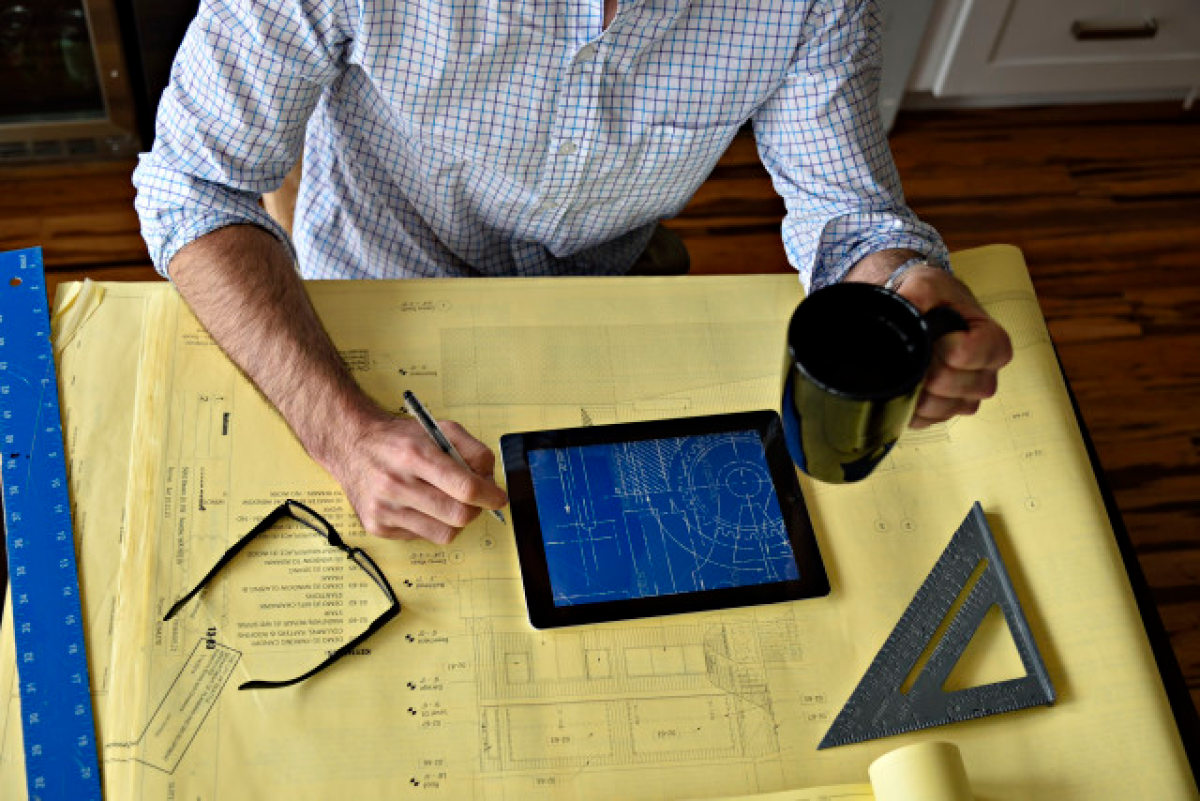
One of the most common concerns of would-be entrepreneurs is the length of time a design cycle requires to move from the idea stage to generating an actual product. The answer lies in how complex and ambitious a project is, but looking at each step in the development process can help with establishing a realistic timetable for a project to come to fruition.
Overall, the process of development can be broken down into three major “loops”—design, engineering and production. The aim is to move fluidly from one loop to the next, although inevitably it may be necessary to run through a loop multiple times to get the process right.
3 Product Development Loops
As a rule of thumb in entrepreneurship:
- It can take a minimum of six months to get a new product through the developmental stage.
- A common time frame for a lot of products lasts between nine and fifteen months.
- With many projects you can be looking at a much longer development period.
Check out the three main steps to transform your idea into entrepreneurship below, and tips to move fluidly from one loop to the next:
1. The Design Loop
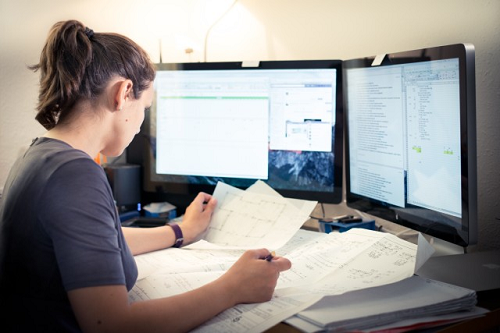
Often, entrepreneurs will have already completed the conception process before embarking on bringing a product to life, but there can still be opportunities for user research or discovering further product potential. Once a vision is on the table, it can be brought to life by conceptualizing functionality, form and the best ways of constructing a project.
Ideas can be refined by creative analysis, sketches and rendering models with a computer. Generating images and prototypes in this manner can help home in on the look and feel of the product in a tangible way, and can be forwarded on as a useful resource for focus group testing and user research.
If the final product in question requires electrical and mechanical components, this is the stage at which they will need to be thought through: will it require buttons? A screen? Gears and motors? Bluetooth or Wifi compatibility? These issues will have to be addressed to a satisfactory extent, as they will have an impact on the final design dimensions and overall usability of a product.
2. The Engineering Loop
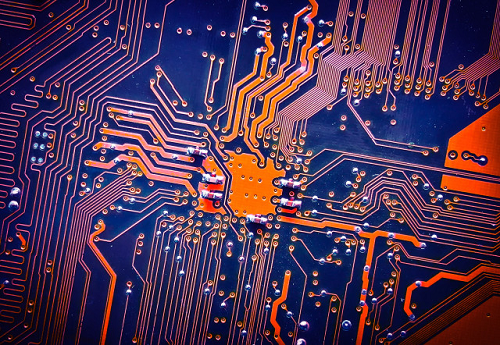
During the design period, engineers should be in contact with industrial designers to help work through concepts behind the scenes and outline constraints and possibilities of any potential designs. This enables a smoother segue into the engineering phase when it comes to bringing a concept to life in a way that is practical for manufacture. It’s also an opportunity to acquire similar products and strip them down for benchmarking.
Electronic products often need further attention when it comes to selecting components, incorporating circuit board layouts and figuring out software requirements. Electrical and mechanical engineers should be working in collaboration with one another to make sure both aspects develop harmoniously. Software components tend to be one of the hardest aspects of product engineering to pin down, but although the work is time-consuming, it will be critical to the performance of the finished package.
The philosophy behind the engineering process should be about marrying performance to intuitiveness. The ambition for manufacturing quantities should underline the scope of engineering: you can reduce tooling on smaller product batches, but larger orders should prioritize keeping the cost of parts low.
By the end of this phase, an alpha prototype should be available that is a commensurate version of the end product, which can then be refined through testing to a beta prototype which should be the penultimate version before rolling out manufacture. The prototype stage allows design debugging and an opportunity to fine-tool and refine the end user experience.
3. The Production Loop
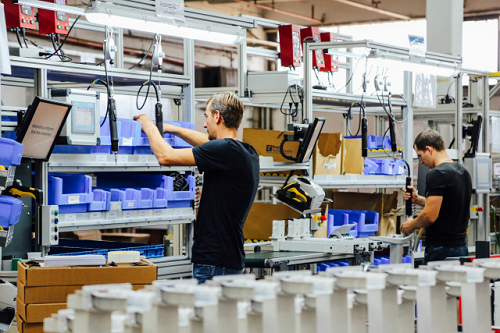
The duration of this stage can often take entrepreneurs who’ve poured all their efforts into the design and engineering stages by surprise. The process of acquiring vendors, organizing design documentation, waiting for tools, debugging components and adhering to any necessary compliance from regulators can take a lot longer than people would think, but it’s the last great hurdle to cross, and can make the difference between a good concept and a great end product.
As with every loop, you should be locking things down and steadily increasing your financial and time investments. You may well find there will be periods of increased acceleration or times when your vision unfolds with more subtlety. Every loop will hold its own peaks and troughs, and can often feel like a roller coaster ride, but as long as with each loop you’re closer than where you started from, the process should see you across the finish line.








